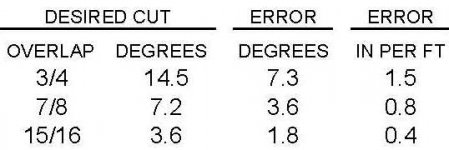Its amazing, once the words "aiming " and "systems" are mentioned, everyone goes nuts over this method or that method. WHO GIVES A SH*T! Dude use what ever works for you. The only thing you need to worry about is learning how you aim. This is extremly important! Ten times more important than what aiming system you use.
Look, you say you know how to make shots but you dont know exactly what you are doing. That is what you have to discover. Spend alot of time thinking about what it is you actually do when you aim and approach a shot. Break it down into steps. Once you learn what you look at and how your eyes move, basically your aiming process, that gray area your in right now will go away.
When ever your shooting you will no longer have moments where you forget what your aiming at or how you aim. Now you will know exactly how you aim and what you look at. So now you cant forget.
Learning and discovering what you do NATURALLY is more important than learning this method or that method.
Now tinkering with other methods will help you discover how you actually aim. It happened to me. I stumbled on a method when I was trying to figure out what the hell I was doing when aiming,and when I was reading about it from Mike Page i had that epiphany where I said, "what a second, this guy just described how I aim!" It helped me put how I aim into a logical process and into words that make sense.
So spend some time practicing some cut shots from a distance and try to think logically what your whole body is doing, eyes and all!
Good post. Great description of building a "system"......SPF=randyg

